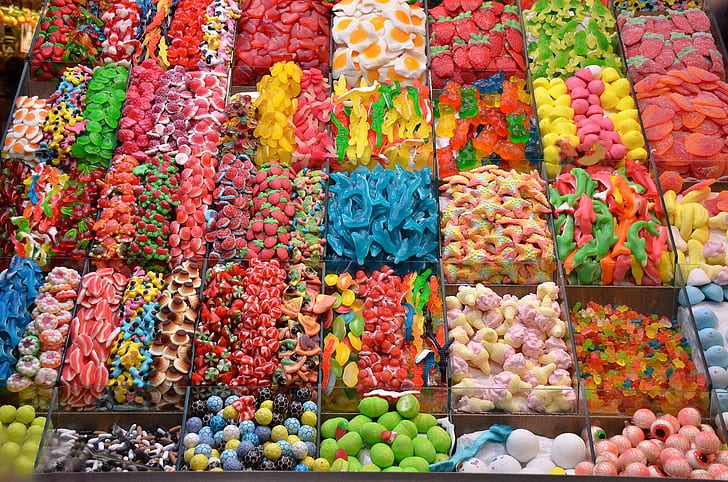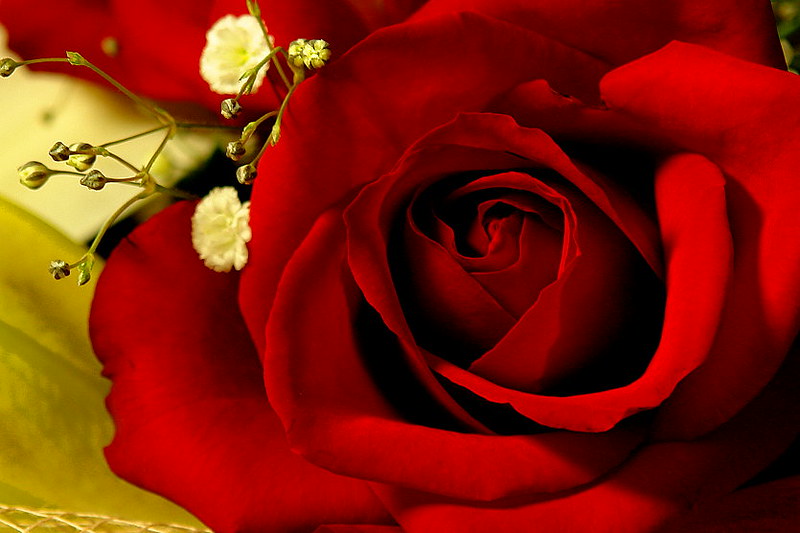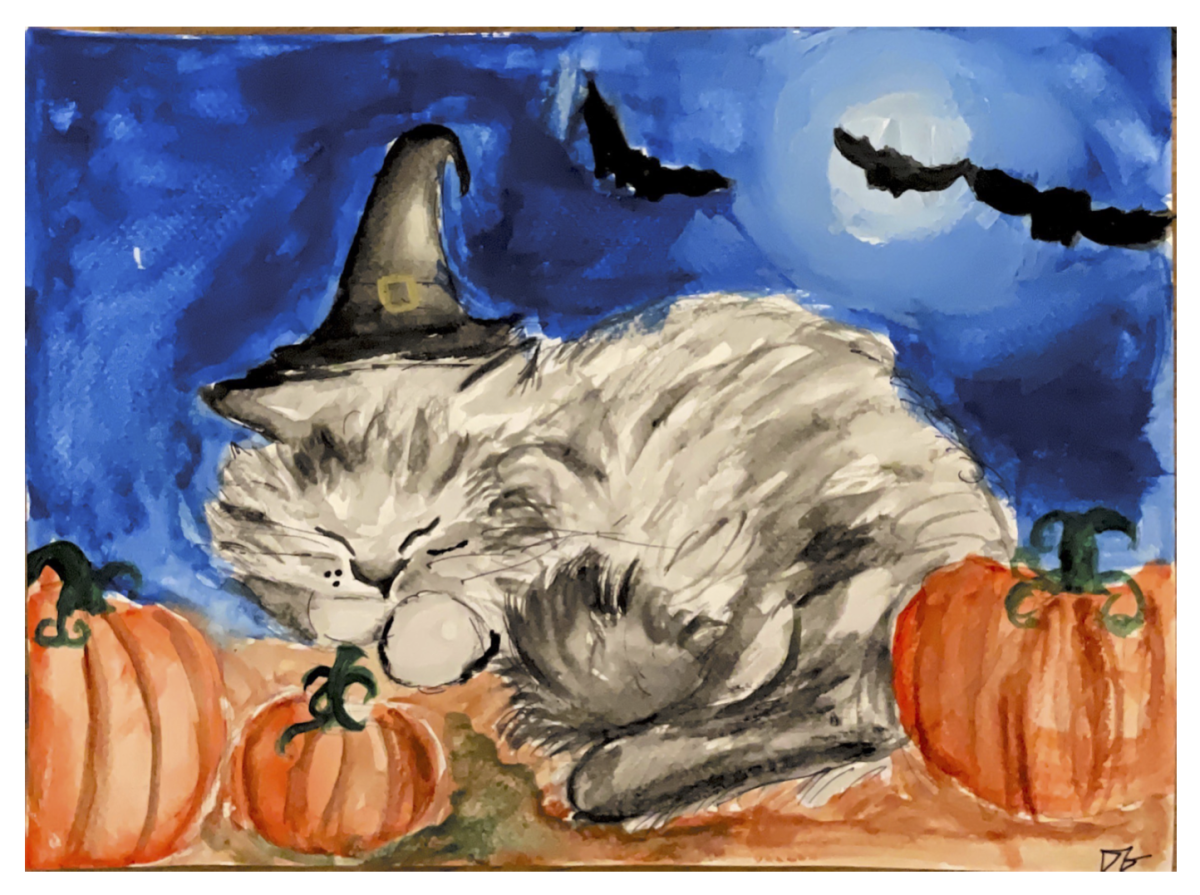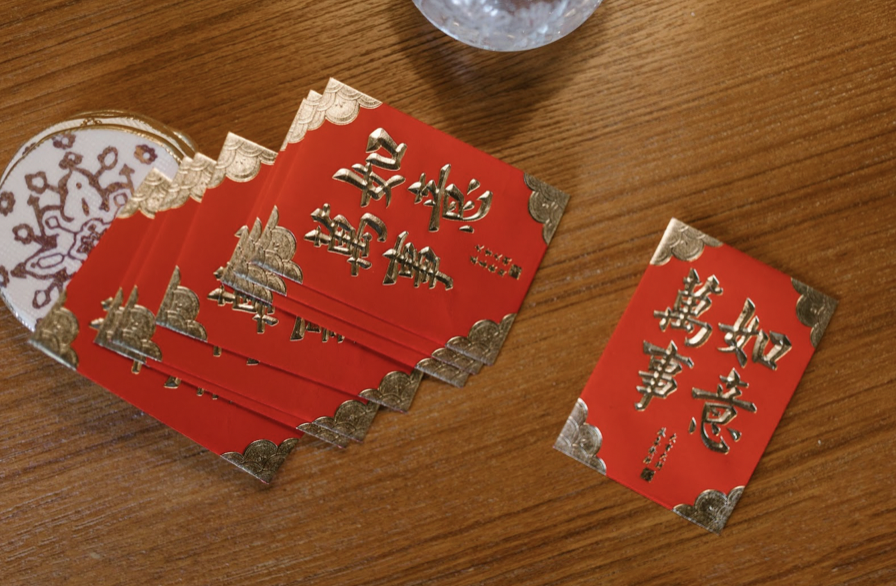Chinese New Year, or Spring Festival, is an ancient festival that is thought to have originated in the 14th century Shang Dynasty. It is celebrated over 15 days in China and worldwide in Chinese communities. Chinese New Year is a time to feast, visit family, honor relatives who have passed away, and usher in the luck and prosperity of a new year.
Chinese New Year is one of many holidays tied to the lunar calendar, including Seollal in Korea and Tết in Vietnam. If you are not familiar with the celebrations of Chinese New Year or just don’t fully remember them, hopefully, this article will help you.
1.Make dumplings
There are many traditional Spring Festival foods like steamed fish, rice cakes (nián gāo), and glutinous rice balls (tāng yuán). But dumplings, or jiǎo zì, are not just tasty but also the most fun to make as a group. Simply wrap a meat filling inside of a store-bought or easily made dough skin, cook in boiling water, and enjoy the reward of your work.
2. Meet family and friends
Chinese New Year, like Christmas in the U.S., is a time people return home to see their relatives. In China, it’s a rare time during which people get to see so many of their loved ones together at once. If many relatives live overseas, it may be difficult to have a large family reunion, but there are still chances to see family and friends who live nearby or talk to family overseas over FaceTime or Zoom.
3. Give and receive red envelopes
Red envelopes are small red and gold packets that contain money, and they are usually given to family and friends. Children are typically the recipients of red envelopes. When preparing a red envelope, there are some customs to follow. Use crisp bills, avoiding used money. Also, do not give a number of bills that starts with 4. When receiving red envelopes, it is customary to use both hands and offer a wish of luck and prosperity.
Nowadays, the Chinese texting app WeChat is also a popular way to send red envelopes to relatives who can’t be seen in person.
4. Wear and decorate with red
The prominence of the color red comes from the Chinese folktale about the monster Nian, which terrorized villages and ate humans. It is said that people can only ward off the monster by making loud sounds, setting off flashes of light, and wearing and decorating with red. Thus, red became a symbol of prosperity.
There are many ways to decorate with red. The 福 (fú) character means wealth and red posters of the character are traditionally put on walls upside down to symbolize wealth coming into the house. Red 春联 (chūn lián) are poetry couplets which are glued vertically on either side of a doorway due to traditional Chinese text being read from top to bottom. The couplets contain lines that relate to luck, prosperity, and harmony.
Red clothing is also an important tradition. Tang suits, traditional shirts with upturned collars from the Tang dynasty, and qipao, Qing dynasty tight-fitted dresses, are common choices, but any kind of red clothing is fine.
5. Say greetings and wishes
When receiving red envelopes and greeting others, it is important to say a few words wishing luck and good health in the new year. One phrase most people have heard is 恭喜发财 (gŏng xǐ fā cái), which means “I wish you prosperity”. Another easy one is 大吉大利 (dà jí dà lì), which means “I wish you luck and prosperity”. If you are addressing an elder or a larger crowd, you might say 身体健康 (shēn tǐ jiàn kāng), “I wish you good health“.
6. Watch a parade or performance
While parades are not traditional to Chinese New Year, they are a way Chinese immigrants have combined Western and Chinese traditions to celebrate Chinese New Year in America. Chinese immigrants in San Francisco held the first Chinese New Year parade in the 1860s, and the tradition has continued to today, becoming one of the largest Spring Festival celebrations outside of China.
Chinese New Year is the most important Chinese holiday because it is so ancient and widely celebrated. There is so much to enjoy during Chinese New Year, from the food and the performances to the family gatherings. So, remember to take time this February 10th to 24th to appreciate these traditions.
Sources:
Bill. “23 Chinese New Year Greetings (Mandarin/Cantonese).” The Woks of Life, 23 Jan. 2023, thewoksoflife.com/chinese-new-year-greetings/.
“Chinese New Year 2024: Traditions, Dragon Year Celebration Calendar.” Chinese New Year 2024: Traditions, Dragon Year Celebration Calendar, 23 Jan. 2024, www.chinahighlights. com/travelguide/special-report/chinese-new-year/.
“Chinese New Year.” Encyclopædia Britannica, Encyclopædia Britannica, inc., 25 Jan. 2024, www.britannica.com/topic/Chinese-New-Year.
“History • Chinese New Year Festival & Parade.” Chinese New Year Festival & Parade, 6 July 2023, chineseparade.com/history/.
“Lunar New Year 2024 – Animal, Dates & Celebrations.” History.Com, A&E Television Networks, www.history.com/topics/holidays/chinese-new-year. Accessed 25 Jan. 2024.










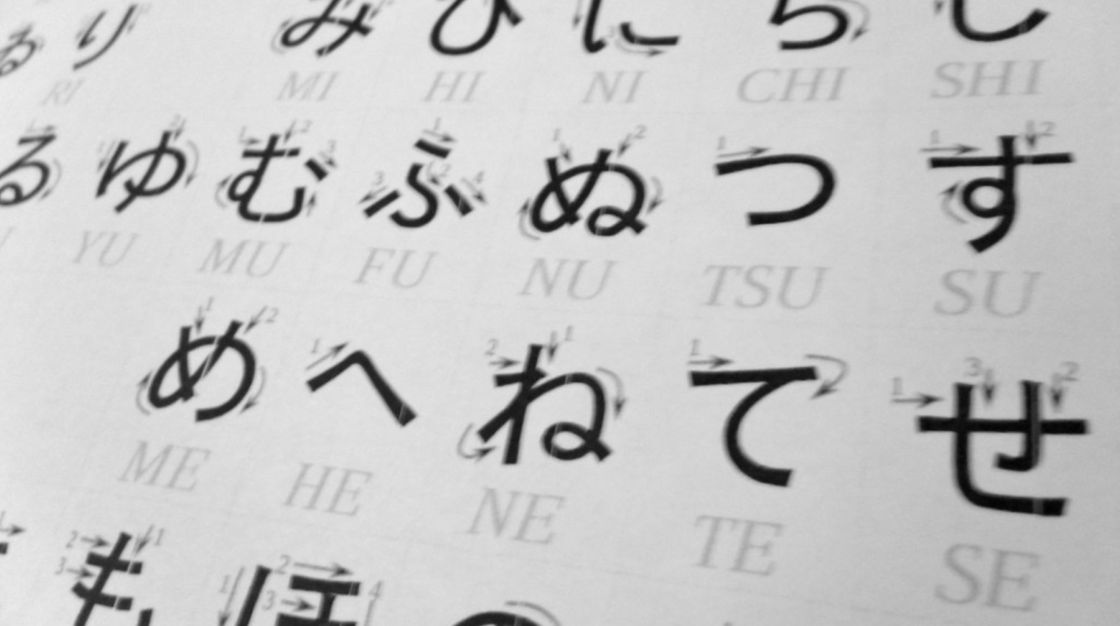






![Teacher [Milk] Tea: Part 2](https://bisvquill.com/wp-content/uploads/2024/03/Screen-Shot-2024-03-19-at-9.28.48-PM.png)


